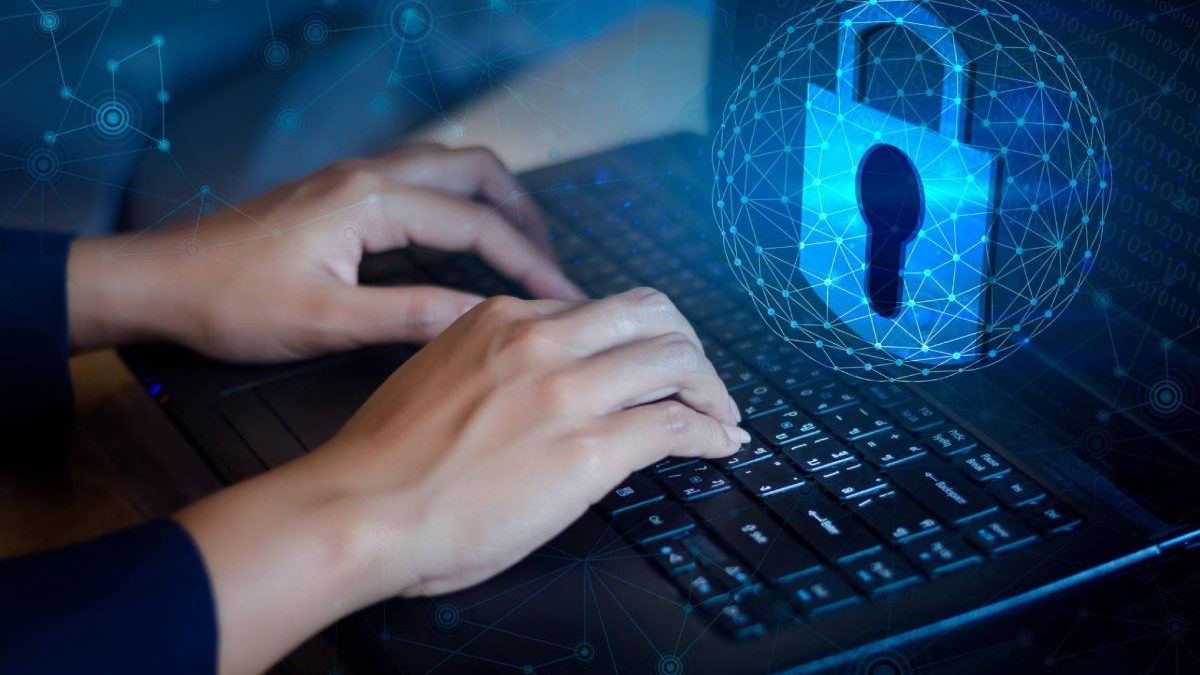3 Cybersecurity Tips
Cracking down on cybersecurity is vital to keep your business secure. Cyber attacks worldwide increased by 38% in 2022, which is hardly a surprise.
For the time being, since more private and public business gets conducted online, cybercrime will increase with time as well. Although technology can make your business more successful, the more technology you use, the more of a target you may become.
Since cyber threats aren’t going away, you’ll have to implement a strong security strategy if you haven’t done it already. Start with the following items.
Table of Contents
1. Enable multi-factor authentication whenever possible
You’re probably familiar with two-factor authentication. This typically requires someone to retrieve a code in order to complete the login to an account.
Although this process adds a layer of security to logins, it isn’t necessarily sufficient. That’s when multi-factor authentication (MFA) becomes a desirable step. MFA can require more than two verification steps to log in, such as a password, a code, and a thumb print.
Wherever you have the opportunity to enable MFA, you may want to do it. For instance, require MFA on company email accounts and third-party applications if possible.
Employees should be required to use this feature because it’s in the company’s best interests. In a mobile-centric world, where everyone uses their device across various wireless networks, and personal devices are routinely employed for work duties, hackers enjoy too many opportunities to gain entry.
For example, fleet maintenance technicians and drivers both have to use a mobile device to connect to the company network. Following cybersecurity best practices in this situation is essential.
For example, if a driver is on a break and uses unsecured, public WiFi to log in, he or she may be putting the entire company at risk. Hackers can steal data in transit from public networks.
Unauthorized persons can also broadcast fake networks from public spots in order to trick people into logging into a network the hacker controls. From there, the intruder can spy on browser sessions and collect usernames and passwords.
By enabling MFA, a company can prevent potential hackers from logging into one of its accounts, even with correct credentials.
2. Don’t use more tech than you need
You should limit the number of software applications you use to conduct business. The more applications you involve, the greater your cybersecurity risk, because third-party apps are not always as secure as you might think (or even as they claim).
Though it’s possible to vet an app’s security, that’s a time-consuming and expensive process. You’re better off using a smaller number of applications and not adding any more to your toolbox unless each one is utterly necessary.
Do you use multiple productivity tools for tracking time, tasks, and managing projects? If so, investigate the various software programs you use and see if you can find an app that has all the features you need: the ones you already have, and the next one or two you’ve been looking for.
Once you’ve downloaded the new program, eliminate everything but that one.
Each application is a possible back door for a hacker to gain access to all your company’s data, so you want to provide as few opportunities as possible.
3. Don’t allow employees to store passwords in browsers
Nobody wants to type complex passwords all day long, so most people store their passwords in their browser. Regardless of whether a browser is purely desktop or cloud-based, that’s not a safe place for passwords.
Until recently, many people underestimated this security threat. Now that many YouTubers are being hacked with the RedLine Stealer malware, the reason for not storing passwords in the usual places is even harder to dismiss.
RedLine steals credentials stored in browsers, bypassing Google Chrome’s encryption. This malware decrypts the passwords stored in the database, and the only way to prevent it is to not get infected.
What makes this malware even more deadly is that any time a user declines to store a password, a database entry for that site is added to the “blacklist.” Using this list, hackers can identify the other accounts and will try to break into those using known passwords.
Many people think password apps like 1Password are better, but it’s still risky in this case. The best way to keep accounts secure is to type in the password every single time. It’s a pain, but it’s worth it if you have a lot to protect.
Train your employees regularly
The best defense you have against cyber threats is education and strict in-house policies. If you haven’t already, introduce regular cybersecurity training to your employees to keep them aware of potential threats and teach them best practices.
Make sure your company policies match what you state, and most of all, enforce your policies across the board. The strictest security regulations are only as good as your willingness to punish violations.

